Have you ever wondered why one car sounds louder than the other even if they are of the same model from the same company? It is because of the exhaust system. The exhaust system can make or break your car.
Other than sounds, the exhaust system is what keeps your car running smoothly. Most people don’t give much attention to this area because they don’t know the parts of an exhaust system. That’s understandable, as not everybody is a mechanic.
Another reason is that it's underneath the vehicle, and it’s easy not to think about it. After all, we often remember things that we see.

However, just because you can’t see or don’t know parts of the exhaust system doesn’t mean you should ignore it altogether. Learning about the parts and how they work can save you a lot of money.
In this blog, I’ll take you through all the parts of an exhaust system so that you are always prepared to talk to a mechanic or even fix the parts yourself.
Exhaust Manifold
Exhaust manifolds are the starting part of an exhaust system. Depending on the type of engine, the manifolds can either be two or just one. Engines with “V” or flat configuration usually have two exhaust manifolds (one for each bank of cylinders). Whereas inline or straight engines have just one manifold.

The role of the manifolds is to collect the exhaust gases from the cylinder and route them to the rest of the exhaust system. Sometimes the manifolds are also known as headers but they shouldn’t be confused with the intake manifold.
Turbocharger Downpipes
The downpipe is another important part of an exhaust system, especially for cars with turbocharged engines. On cars with turbochargers, the downpipe helps transport the exhaust gases from the exhaust manifold to the turbocharger's turbine housing.

These gases provide the energy needed to spin the turbine, which drives the compressor wheel. The compressor wheel then forces air into the engine, increasing boost pressure and enhancing power output. You can always modify or replace the turbocharger downpipes to achieve specific performance goals.
Catalytic Converter
The catalytic converter, also known as CAT, was first introduced in 1975 and was used in passenger cars and light-duty trucks. Today, it is a standard exhaust system part present in all vehicles.
As the name suggests, the basic function of the catalytic converter is to convert harmful gases such as hydrocarbons, carbon monoxide, and nitrogen oxides into water, carbon dioxide, and nitrogen.
Depending on the type of vehicle, the catalytic converters are either integrated into the exhaust manifold or attached to the vehicle exhaust mid-pipe. It’s also worth noting that some cars have just one catalytic converter, while others have as many as four.
In addition to catalytic converters, modern vehicles also have Diesel Particulate Filters (DPF) for diesel engines and Otto Particulate Filters (OPFs) for petrol engines. This filter helps filter soot and other harmful particles from exhaust gasses.
Oxygen Sensors
Oxygen sensors are parts of an exhaust system that measure and record the amount of oxygen in the exhaust gases leaving the engine. Depending on how many catalytic converters a vehicle has, the oxygen sensors can be more than one.
All modern vehicles use two oxygen sensors, the upstream and downstream sensors. The upstream sensors are located just before the catalytic converter and their purpose is to measure the air-fuel ratio in the engine. Whereas, the downstream sensor is located just after the converter and helps to measure the air-fuel ratio coming out of the catalytic converter.
The powertrain control module (PCM), which is basically an engine computer uses the data from the sensor to regulate engine fuel mix and catalytic health. By maintaining the right air-to-fuel ratio, oxygen sensors help balance power, fuel economy and emissions. A bad sensor can cause a variety of issues such as rough idling, poor acceleration, engine misfires, and stalling.
Muffler and Resonator
A muffler is like a silencer which is located near the end of an exhaust system. It helps to reduce the loud noise created by the engine during the combustion process. Inside a muffler, there are tubes with perforations that direct the sound waves.

Once the sound wave is inside the muffler it begins to reflect off metal walls causing the sound waves to invert (turn upside down). The inverted wave meets with the incoming wave and cancels each other out.
Whereas, a resonator is complimentary to the muffler and is often installed between a catalytic converter and the muffler. The resonator looks like a smaller version of the muffler but serves an entirely different purpose.
Resonators help to remove high-pitched noises, hums, and buzz by canceling a certain range of sound frequencies before they enter the muffler.
Exhaust Pipes
Exhaust pipes act as the primary connecting tubes within an exhaust system. They carry exhaust gases from the engine's exhaust manifold to the catalytic converter, resonators, muffler, and ultimately to the tailpipe.

You can modify or replace these pipes to achieve specific performance goals. For example, you can install larger diameter pipes to reduce backpressure and increase exhaust flow.
Tailpipe
The tailpipe is the final part of an exhaust system, serving as the exit point for the exhaust gases. These exhaust system parts come straight from the muffler past the rear bumper and direct the exhaust gases out into the atmosphere.
Many automotive manufacturers design tailpipes to complement the vehicle's aesthetics, using various shapes and finishes. The design and size of the tailpipes can also alter the sound produced by the exhaust system.
Miscellaneous Exhaust System Components
The parts of an exhaust system that we discussed in the previous section are primary parts. Now let’s discuss some auxiliary parts that play important roles in the overall exhaust system.
Gaskets
Gaskets are seals that prevent fluids and gases from leaking. You need to either install it or glued it onto the surface of the two parts. They are made of various materials such as rubber, metal, silicone, paper, or cork.
Heat Shields
Heat shields as the name suggests are used to protect parts of the exhaust system from excessive heating. You’ll find these shields often placed near fuel lines, brake lines, and electrical wiring.
Hangers
Hangers work as a support for the exhaust system. It helps prevent sagging and making contact with two or more exhaust parts.
Performance Exhaust Components Guide
Performance exhaust systems are often seen in high-performance vehicles and car enthusiasts. If you want to design your vehicle for a high-performance vehicle, you’ll need to install parts that are different from those found in standard exhaust systems.
High-Flow Catalytic Converters
A high-flow catalytic converter works similarly to a standard catalytic converter. However, it catalyzes the exhaust flow quickly.
Performance Downpipe
The better the downpipe can withstand temperatures the less resistance to exhaust flow.
Exhaust Headers
You can always design the manifolds to improve exhaust gas flow and reduce back pressure. Or you can install headers to improve power, torque, and throttle response.

Mufflers and Resonators
You can also change or modify your mufflers and resonators to get your desired sound.
Cold Air Intake
While not strictly an exhaust component. But it can help improve engine performance by providing cooler, denser air to the engine. This can result in increased power and torque.
Materials and Design of Exhaust System Components
Some of the commonly used materials in making the parts of an exhaust system are steel, stainless steel, titanium, aluminum, and ceramic. The type of material you use can determine your vehicle's exhaust system, durability, and efficiency.
Steel and stainless steel are known for their durability and heat resistance. You can use parts made of this material in manifolds, pipes, and mufflers. Stainless stain is similar to steel but it is more resistant to corrosion.
Titanium and aluminum are both lightweight materials. However, aluminum is not as durable as steel or stainless steel. You can use it for pipes and tailpipes. You can use ceramic for catalytic converters and heat shields as it has excellent insulation properties and is highly resistant to heat.
Talking about design, larger diameter pipes can help increase horsepower and torque. However, it can also create loud noise. The method of bending exhaust pipes can also significantly impact performance.
Mandrel bending maintains a consistent diameter throughout the bend, allowing for smooth exhaust flow and minimizing turbulence. On the other hand, crush-bent pipes can create restrictions at the bends, negatively affecting exhaust flow.
The muffler design can alter the sound of your vehicle. Straight-through mufflers, which feature minimal internal baffles produce a louder, more aggressive sound. Chambered mufflers use internal chambers to reduce noise while still allowing for decent flow.
Common Exhaust System Problems
Like any part of your vehicle, the exhaust system can eventually have issues. The most common problems include:
Leaks in Exhaust System
An exhaust system leak is a serious problem because it can expose you to deadly carbon monoxide. It can occur anywhere between connecting components such as exhaust headers and manifolds. Symptoms of an exhaust leak can include loud engine noise, reduced fuel economy, and the smell of exhaust fumes in the cabin. To learn more about the symptoms of a leaky exhaust manifold, check out our article: 5 Symptoms of a Leaky Exhaust Header
Clogged Catalytic Converter
Faulty seals and valves in the engine can allow oil to slip into the exhaust system and clog the catalytic converter. A cat converter can also get clogged simply because it has been in use for a long time and the material has deteriorated and become damaged. Symptoms of a clogged converter include a loss of power during acceleration, unusual engine sounds, and increased exhaust temperature.
Failing Oxygen Sensor
Dust, other contaminants, vibrations, shocks, and exposure to high temperatures can all shorten the lifespan of an oxygen sensor. Symptoms of failing oxygen sensors include poor fuel efficiency, increased emissions, and a check engine light warning.
Where to Buy Parts for Your Exhaust System
There’s no doubt that the exhaust system is essential to your vehicle. Keeping all of its parts in tip-top shape is essential for smooth, clean driving. If you find any leaks, obstructions, or loose components among its parts, it might be time for a change.
Luckily, getting parts for your exhaust system is easy at Flasharkracing.com. You can find a variety of exhaust system components, from oxygen sensors to catalytic converters and more.

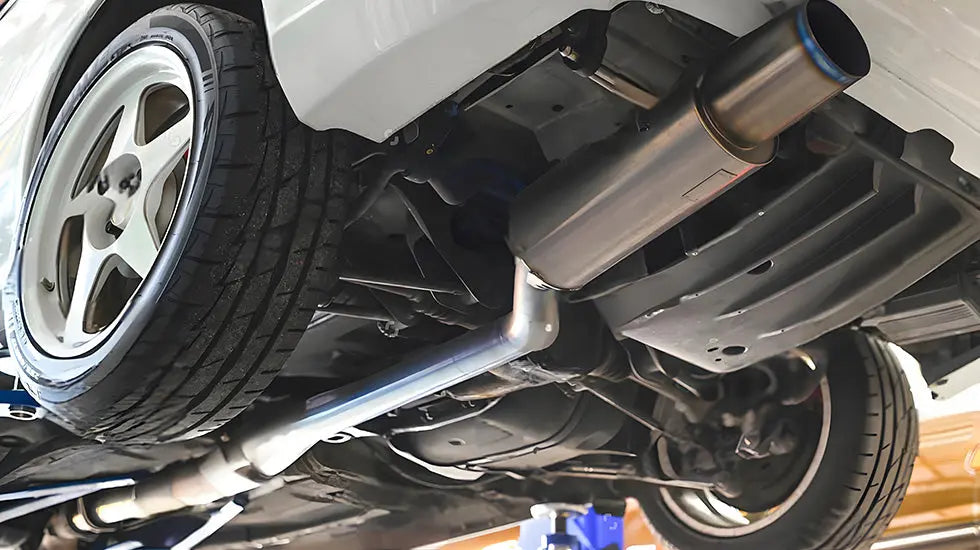
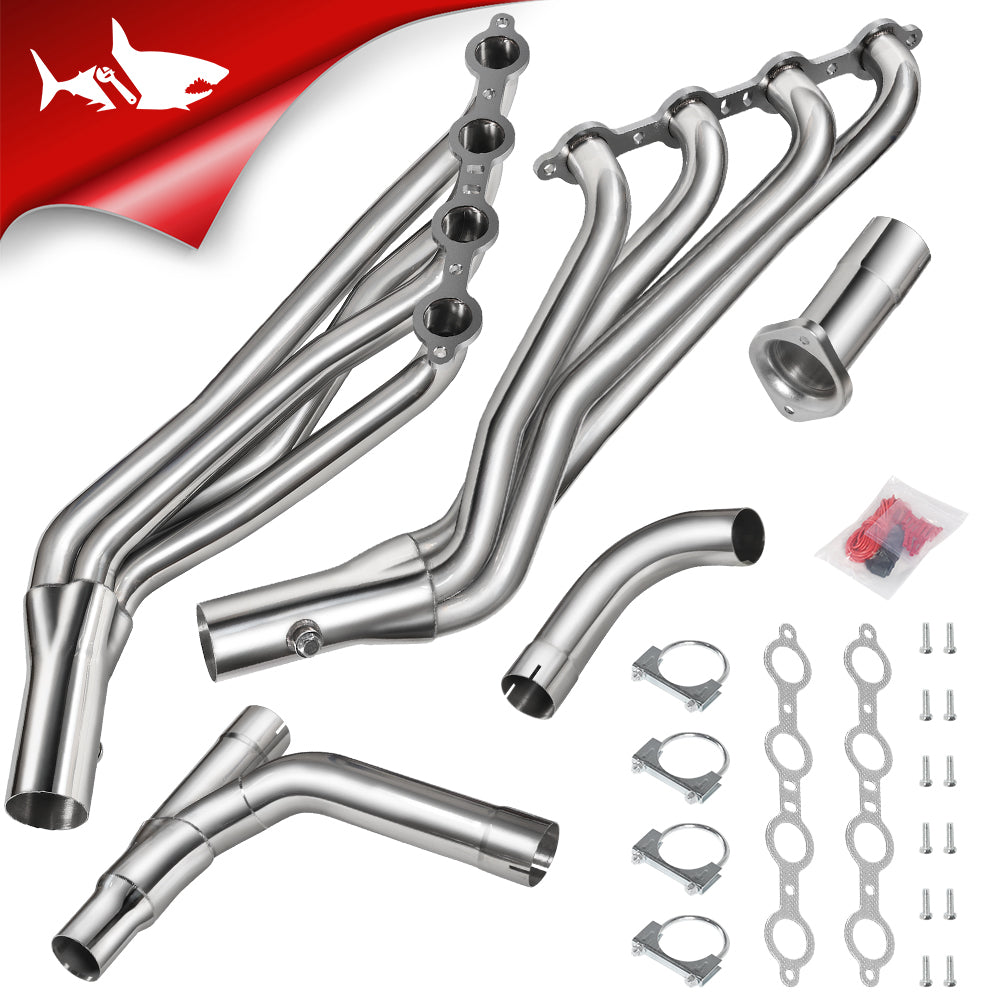
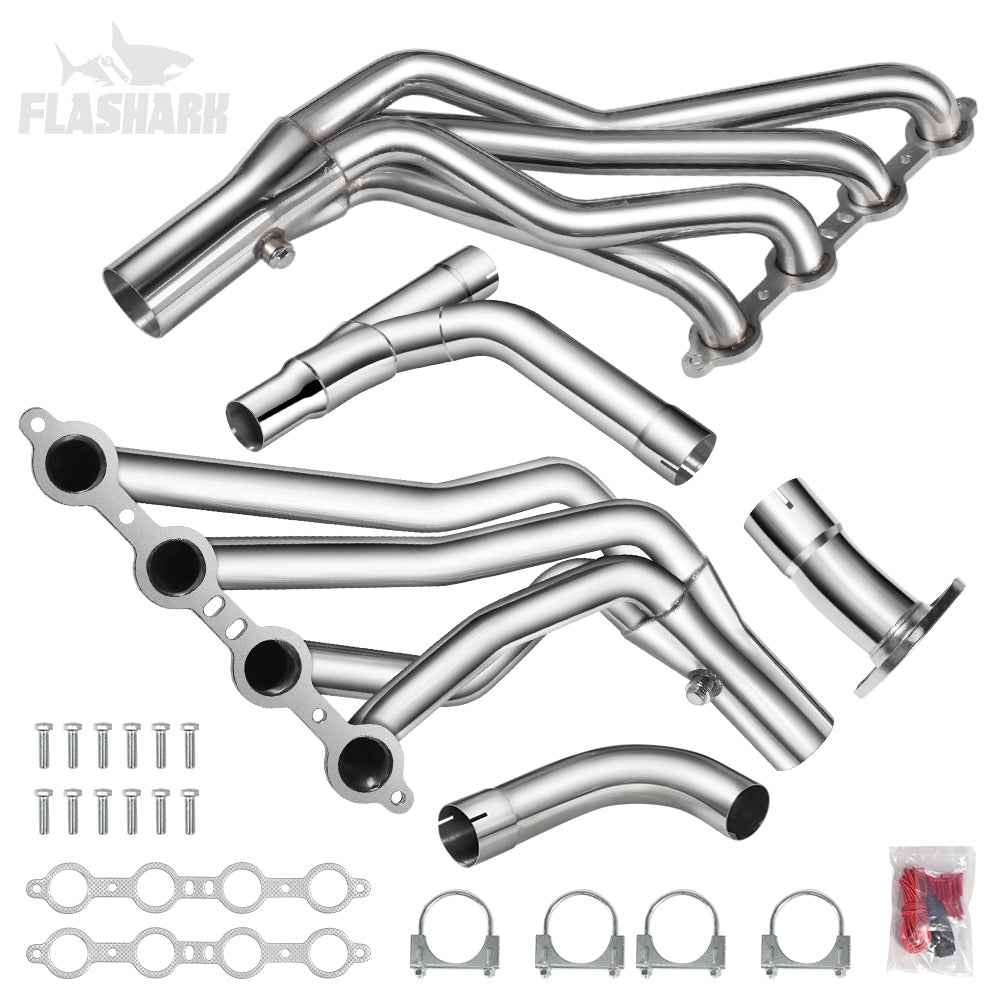

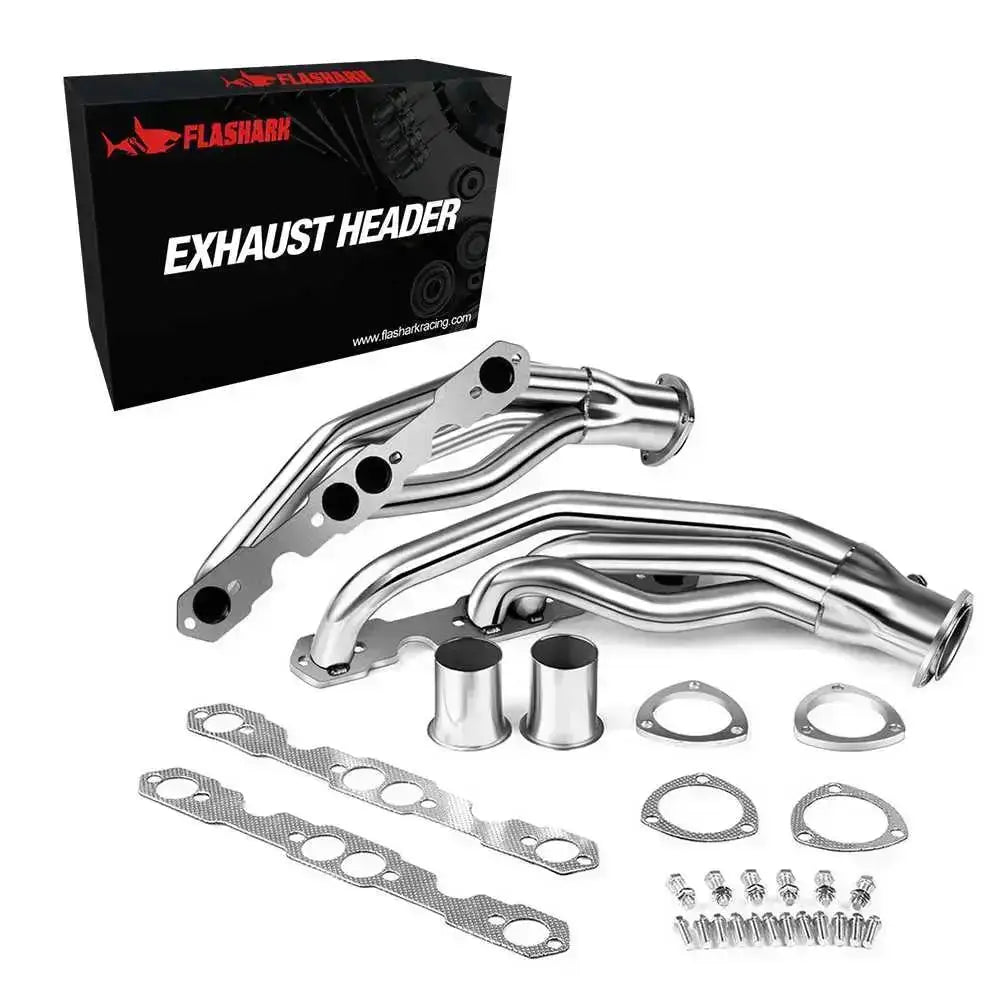
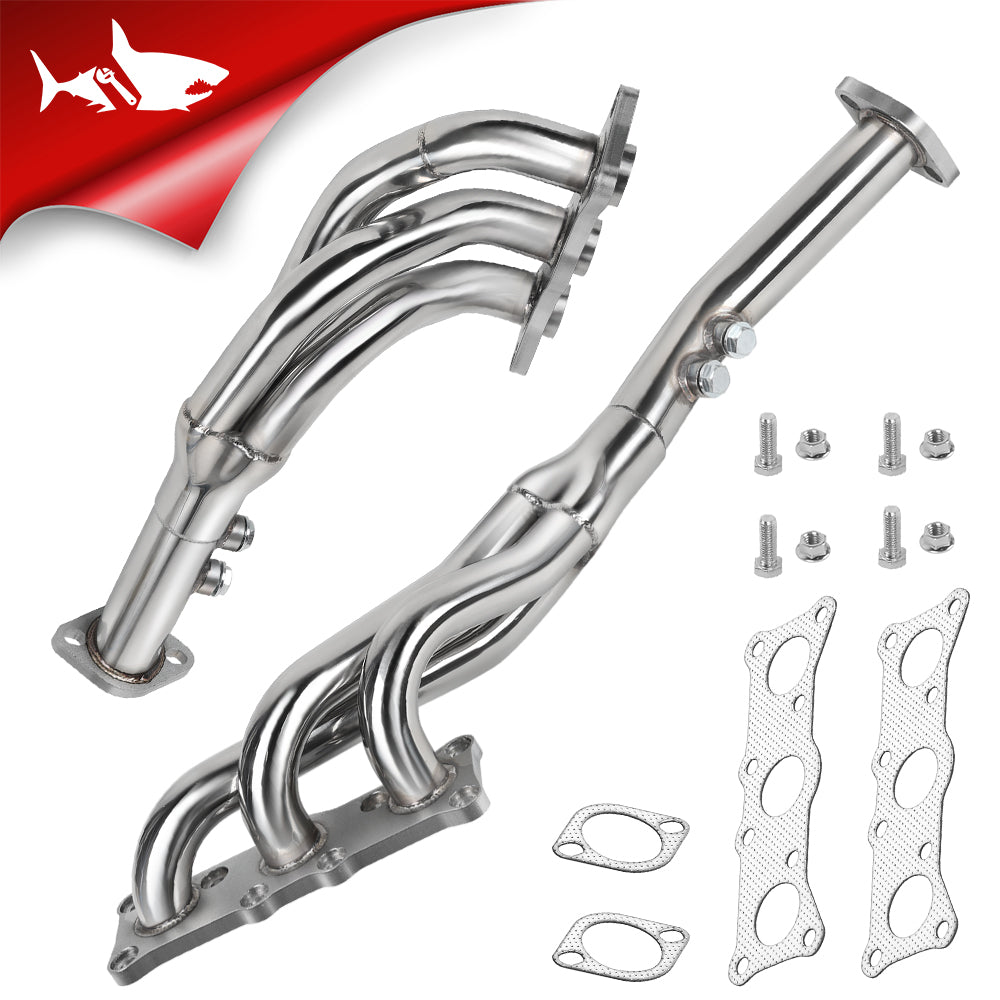
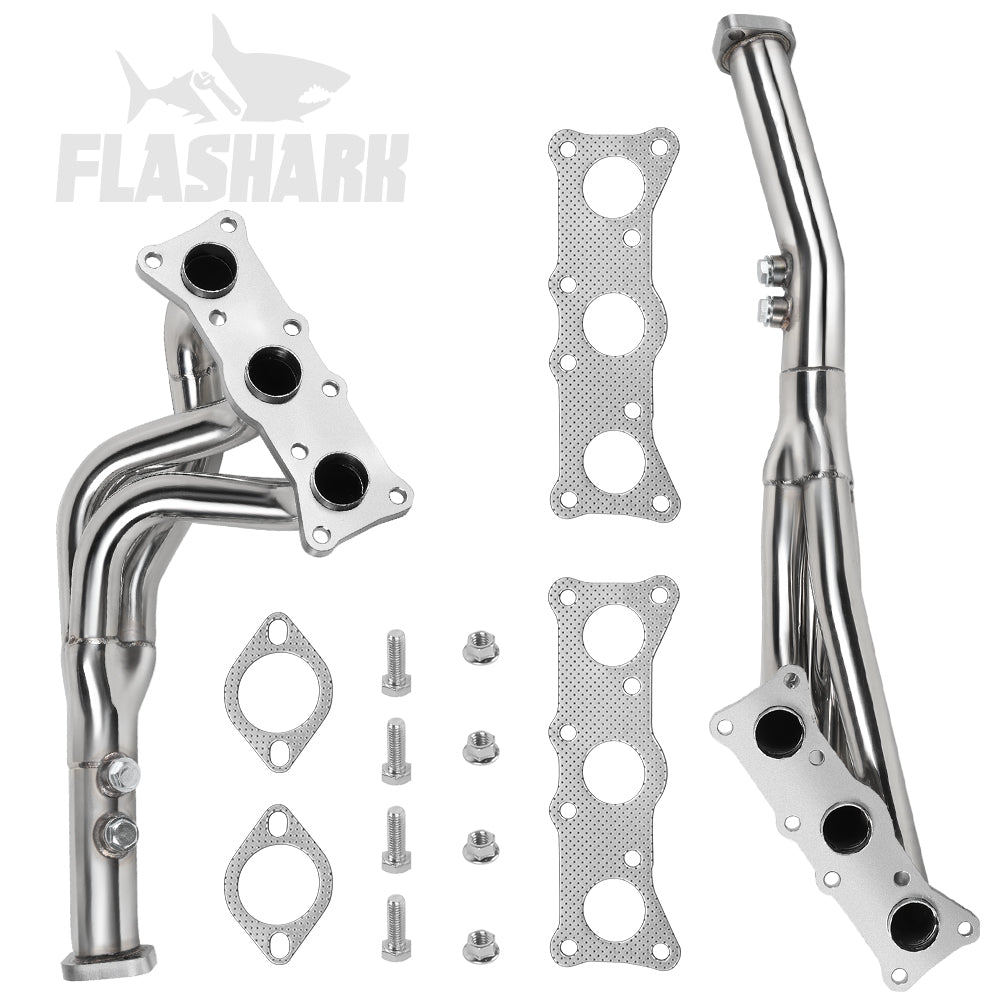

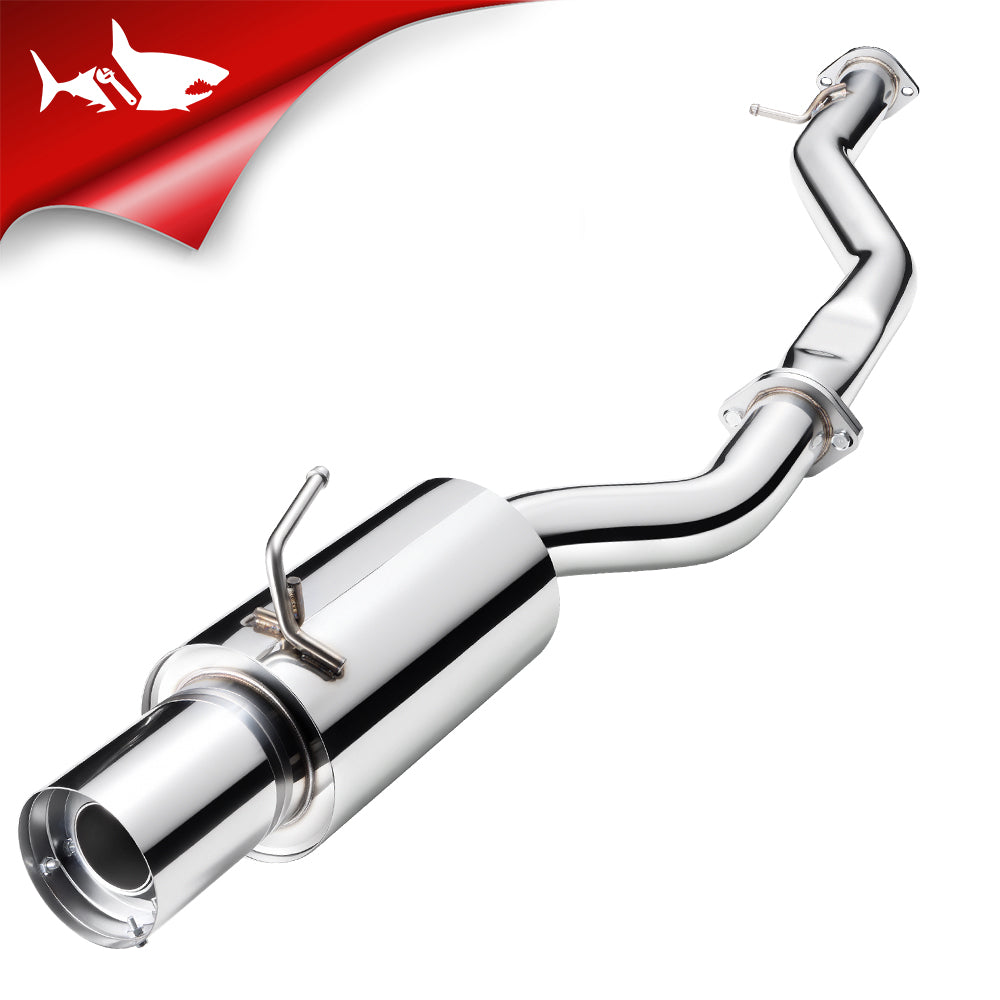


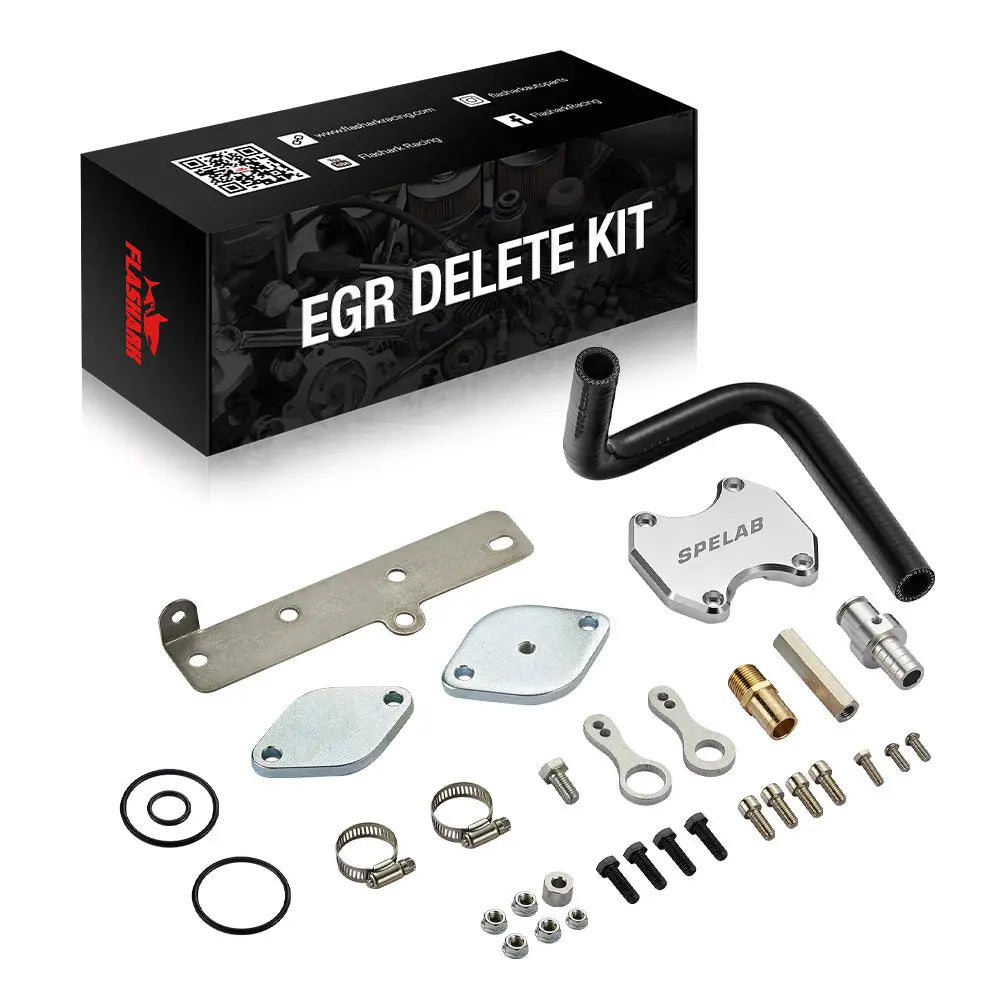
1 comment
Jeff Turner
Are O2 sensors considered parts of the intake or exhaust manifold systems?